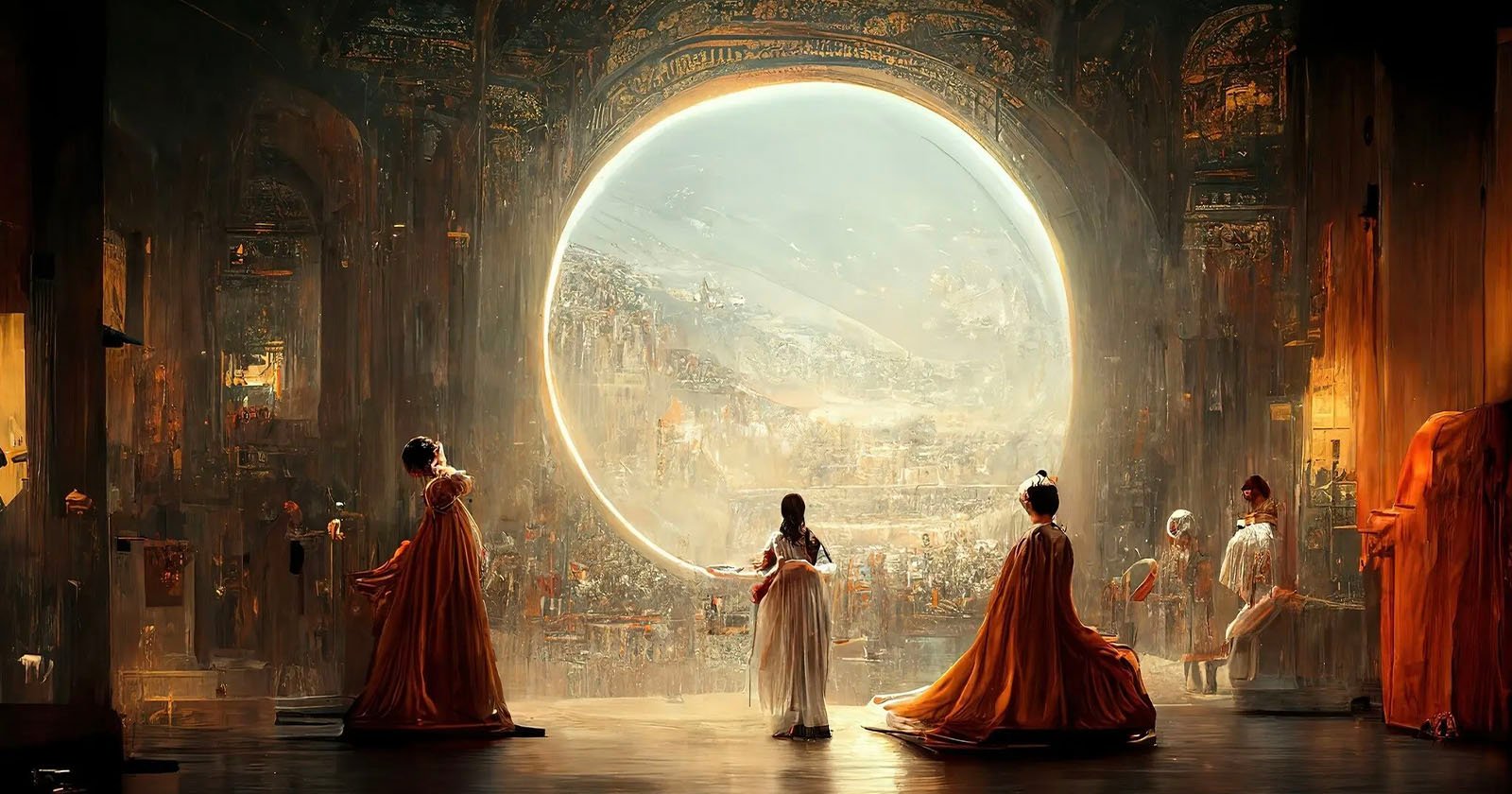An artist who infamously duped an art contest with an AI image is suing the U.S. Copyright Office over its refusal to register the image’s copyright.
In the lawsuit, Jason M. Allen asks a Colorado federal court to reverse the Copyright Office’s decision on his artwork Theatre D’opera Spatialbecause it was an expression of his creativity.
Reuters says the Copyright Office refused to comment on the case while Allen in a statement complains that the office’s decision “put me in a terrible position, with no recourse against others who are blatantly and repeatedly stealing my work.”



but its just a photocopy of the leaves, not the actual leaves. And to photograph something, you capture it according to your will. What will be the light situation, from which angle, at what focal length,… so many options.
This is getting weird.
If I would generate an image with an AI and then take a photo of it, I could copyright the photo, even if the underlying art is not copyrightable, just like the leaves?
So, in an hypothetical way, I could hold a copyright on the photo of the image, but not on the image itself.
So if someone would find the model, seed, inference engine and prompt they could theoretically redo the image and use it, but until then they would be unable to use my photo for it?
So I would have a copyright to it through obscurity, trying to make it unfeasible to replicate?
This does sound bananas, which - to be fair - is pretty in line with my general impression of copyright laws.
Copyright covers your creative expression.
For example, you draw a superhero named “LemmyMan” and post it online. All of your creative choices are protected. If someone made another LemmyMan with a different caption, they would be violating your copyright because you created everything about LemmyMan, not just the caption in your drawing.
Now suppose you take a photo of Mount Everest. Mount Everest is not your creation, but the choices of lighting, foreground, and perspective are. Someone could not copy your exact photo, but they could take a different photo of Mount Everest making different creative choices.
The same is true of taking a photo of work in the public domain, like the Mona Lisa. If you make no creative addition to the Mona Lisa in your photo, then you have no copyright at all. If you put some creativity into your photo, like some interesting lighting, then those creative elements are protected. But anyone else could still take a photo of the Mona Lisa with different lighting, the subject itself is not under copyright.
Now suppose you tell an AI, “Draw me a superhero”, and it outputs ChatMan. If you make no further creative additions, then you have no copyright at all. But suppose you add a caption to it. Then the caption is your creative expression, so that is protected. But the rest of ChatMan is not, it’s in the public domain just like the Mona Lisa. Anyone else can make their own version of ChatMan that’s exactly the same minus your caption, because the underlying subject is not protected.
It’s human expression that is protected by copyright. Creative height is the bar.
If you’ve done nothing but press a button there’s often no copyright. Photography involves things like selection of motive, framing, etc. If you just photograph a motive which itself doesn’t have copyright, then what you added through your choices is what you may have copyright of. Using another’s scan of a public domain book might be considered fair use, for example (not much extra expression added by just scanning)
Independent creation is indeed a thing in copyright law. Multiple people photographing the same sunset won’t infringe each other’s copyright, at least not if you don’t intentionally try to copy another’s expression, like actively replicating their framing and edits and more.
Doesn’t modern art include works that are simply paint streaks left on canvas from someone quickly swinging a brush with paint on it at a distance?
Why is the phrase used by an AI prompt not considered more effort than that? The former requires no thought, only movement. The latter requires an understanding of language, critical thinking and the ability to envision an end result that isn’t just a paint splatter.
Because in a Jackson Pollock painting, the artist was in complete control of his paintbrush as it swung through the air. Not to mention the choice of brush, the amount of paint, the color, etc. If there is a blue streak in the upper left, it’s because Pollock wanted a blue streak in the upper left.
An AI prompt is more like handing your camera to a passerby in Paris and saying, “Please take a photo of me with the Eiffel Tower in the background”. If your belt is visible in the photo, it’s because the passerby wanted it there. That’s why the passerby, not you, has a copyright over the result.